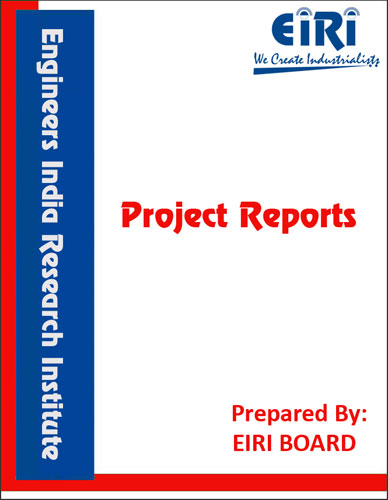MUSHROOM CULTIVATION AND PROCESSING WITH AIR CONDITIONING
The project report includes Present Market Position and Expected Future Demand, Market Size, Statistics, Trends, SWOT Analysis and Forecasts. Report provides a comprehensive analysis from industry covering detailed reporting and evaluates the position of the industry by providing insights to the SWOT analysis of the industry.
We can prepare PROJECT REPORT as per your INVESTMENT PLAN for BANK LOAN REQUIREMENT and INDUSTRY ANALYSIS. All reports are prepared by highly qualified consultants and verified by a panel of experts.
Have Query? Click Here to Chat
Industry Expert is Online, Chat with him for more detail.

The use of the mushroom, that is the wild type found growing in pastures and upon lands where there is an abundance of decaying organic matter is very old. It was used by the Egyptians, Greeks, and Romans in their artiquity and probably much earlier. It has been observed that uncivilized tribes at present eat the same class of fungi so there is no reason to doubt but that the same thing occurred with our early ancestors. The Greeks and Romans and those who followed had to depend upon such specimens as they could find as they recognized it as a plant without seed but knew of no means for its propagation. They observed that it was most abundant in pastures and along trade routes where amimals were tethered or fed and believed it to be due to decomposition of animal or vegetable matter in the soil but that was the extent of their knowledge. “Horace”, the poet, eulogized the fine qualities of the mushrooms just before the christian era. “Gibault” could find no record of the culture of the plant prior to the 17th century and cites “Oliver de Serres” 1600 as the first to refer to such a culture. It appears that the Persian market gardeners observed that mushrooms were most numerous in the fall in their melon patches where the land had been manured very heavily and decomposition not fully completed. Since the growths were spontaneous they made the deduction that by making deep beds or trenches filled with manure and covered with layer of soil they could be produced, but the reself of their efforts was that sometimes a crop of fungi was obtained but more often not. These beds were in the open. They had discovered only one factor, a definite relationship between decomposing organic matter and the appearance of the plant but not the other condition necessary to ensure a crop. They had at least progressed beyond the Englishman Johsi Evelyn, who declared “What they were substances put in the world by thunders of autumn”.
Project Report Covers:
- Introduction
- Uses and Applications
- Properties
- Market Survey with future aspects
- Present Manufacturers
- B.I.S. Specifications
- Manufacturing Process with Formulae
- Cost Economics with Profitability Analysis
- Capacity
- Land & Building Requirements with Rates
- List & Details of Plant and Machinery with their Costs
- Raw Materials
- Details/List and Costs
- Power & Water Requirements
- Labour/Staff Requirements
- Utilities and Overheads
- Total Capital Investment
- Turnover
- Cost of Production
- Break Even Point
- Profitability
- Land Man Ratio
- Suppliers of Plant & Machineries and Raw Materials.



